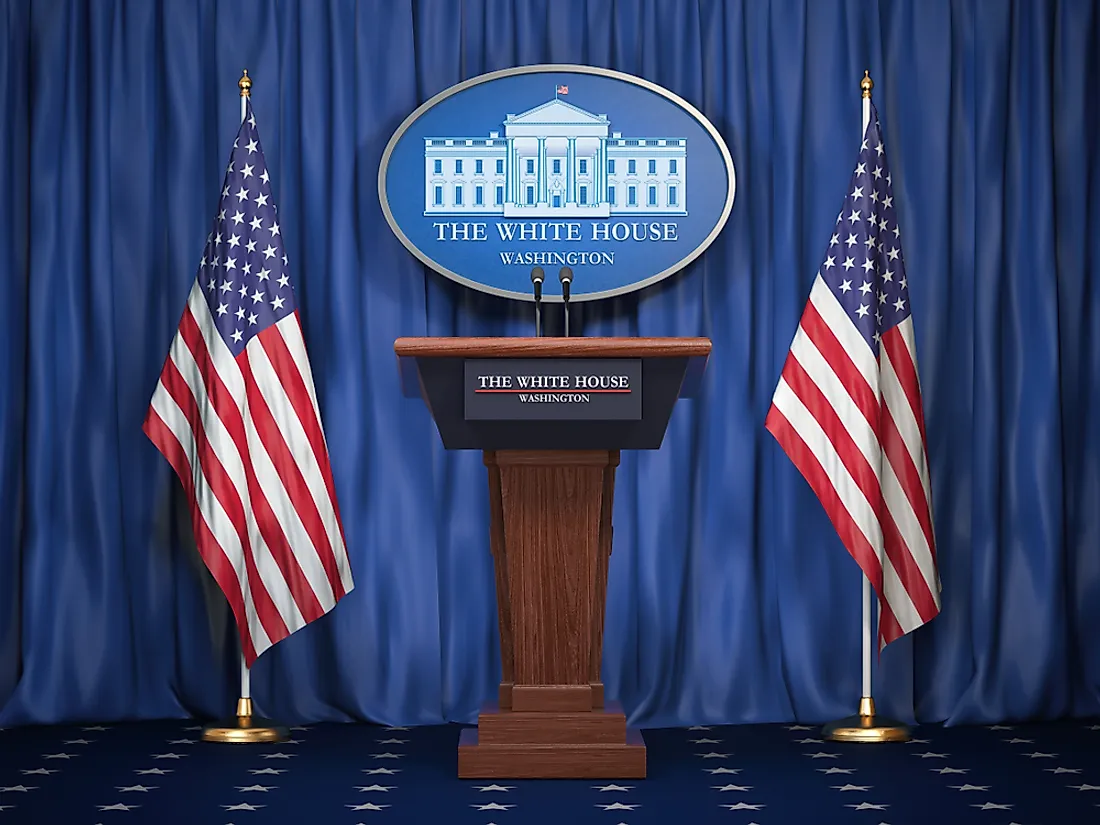The Line Of Succession To The U.S. Presidency

The president of the United States is considered by some to be the most powerful person in the world, leading the only contemporary superpower in the world. He or she has the executive powers including execution of the federal law, making government appointment, concluding international treaties, granting federal pardons to convicts and dictating the legislative agenda of his party. The president of the US is also the Commander in Chief of the most powerful military in the world with a sophisticated nuclear arsenal. He or she is indirectly elected by an electoral college to a maximum of two four-year terms. The presidential election takes place on the second Tuesday of November of every fourth year.
U.S. Presidential Succession
The U.S. Presidential line of succession outlines who may become or act as President in the case of any eventuality that prevents the current President from carrying on. A vacancy may arise in the office of the president due to several reasons including death, incapacitation through sickness or accidents, and resignation. The president can also be removed from office. The president can also be removed from office according to the US constitution which gives the House of Representative powers to impeach federal official including the president in case of gross misconduct including treason, bribery. The president can also transfer his powers to the second in command who then becomes an acting president by submitting a statement to the Speaker. The vice president and the majority of the cabinet may also transfer power from the president to the Vice President under Section 4 of the 25th Amendment by submitting a statement to the Speaker indicating that the president is unable to discharge his duties.
Order of Succession
The order of U.S. Presidential succession is outlined in the Constitution of the United States, and further refined in the Presidential Succession Act of 1947. The Act outlines both the order of succession and the requirement for one to qualify to be either the president or acting president of the US. To be eligible, one must be a natural-born citizen of the US, 35 years or older, and must have lived within the US for the last 14 years. The first in line for succession is the vice president followed by the House of Representatives’ Speaker, then the President Pro Tempore of the US Senate, and finally the Cabinet officers in the order of the department’s creation.
History of Presidential Succession
The first succession legislation was passed in 1792, with the Vice President placed first in the succession line, followed the President Pro Tempore of the US Senate and the Speaker of the House of Representatives. They were to occupy the office in an acting capacity until a president was elected in November of the year the vacancy occurred. In 1886 the 1792 act was revised removing the President Pro Tempore of the US Senate and the House of Representatives’ Speaker from the line of succession and replacing them with the Cabinet Secretary of State as the second in line after the Vice President. The Succession Act of 1947 reintroduced the President Pro Tempore of the US Senate and the House of Representative’ Speaker who were included in the 1792 act. The 1947 act remains the order used today except for the removal of the position of the Postmaster General in 1971 and the addition of the position of the Secretary of Homeland Security in 2006.
What Is The Line Of Succession To The U.S. Presidency?
| Order of Succession to the U.S. Presidency | Executive Office |
| 1 | Vice President |
| 2 | Speaker of the House of Representatives |
| 3 | President Pro Tempore of the Senate |
| 4 | Secretary of State |
| 5 | Secretary of the Treasury |
| 6 | Secretary of Defense |
| 7 | Attorney General |
| 8 | Secretary of the Interior |
| 9 | Secretary of Agriculture |
| 10 | Secretary of Commerce |
| 11 | Secretary of Labor |
| 12 | Secretary of Health and Human Services |
| 13 | Secretary of Housing and Urban Development |
| 14 | Secretary of Transportation |
| 15 | Secretary of Energy |
| 16 | Secretary of Education |
| 17 | Secretary of Veterans Affairs |
| 18 | Secretary of Homeland Security |











